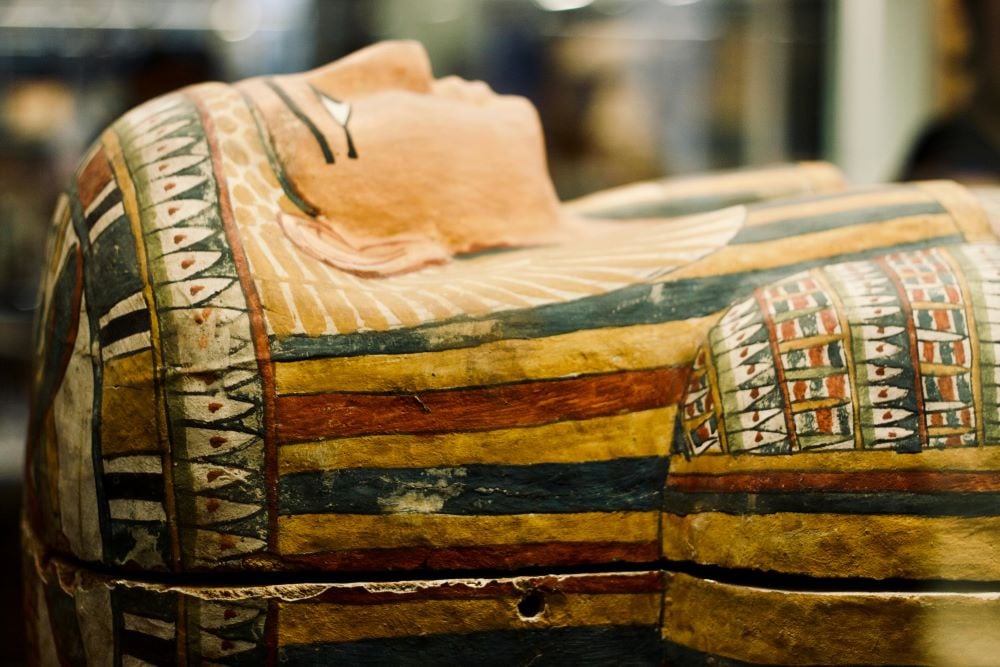
When one thinks of mummies, the first image that comes to mind is often a preserved corpse with a musty, decayed smell. But recent research has revealed a surprising twist: well-preserved Egyptian mummies actually emit pleasant scents.
Cecilia Bembibre, the director of research at University College London’s Institute for Sustainable Heritage, led a team of scientists who studied the odors of ancient Egyptian remains. They found the scent of mummified bodies to be “woody,” “spicy,” and “sweet,” with floral notes possibly stemming from pine and juniper resins used during the embalming process.
The study, published Thursday in the Journal of the American Chemical Society, analyzed the odors from nine mummies, some of which were over 5,000 years old, stored in the Egyptian Museum in Cairo. Researchers employed chemical analysis and a panel of human sniffers to assess the scent profile, surprising the team with the pleasant results.
Bembibre explained that scent played a significant role in ancient Egyptian mummification practices. Oils, waxes, and balms were used not only to preserve the body but also to ensure the spirit's safe journey to the afterlife. Pleasant aromas were associated with purity and divinity, while unpleasant smells were considered signs of corruption.
In their quest to understand these ancient scents, the researchers avoided invasive methods of sampling and instead relied on modern technical instruments to measure air molecules released from the mummies. They confirmed that the scents originated from the mummies themselves, rather than from decomposition or external contaminants. “We were quite worried that we might find notes of decaying bodies, but that wasn’t the case,” said Matija Strlič, a chemistry professor at the University of Ljubljana, adding that the environment of the museum is conducive to preserving the mummies.
The study’s innovative approach could offer insights into the social class of the mummies based on their scent profiles, providing valuable information for curators and archaeologists. Strlič believes the findings could be applied to the conservation of other museum collections, making it a breakthrough in heritage preservation.
While the research has unveiled intriguing information, Barbara Huber, a postdoctoral researcher at the Max Planck Institute of Geoanthropology in Germany, noted that the smells detected today are not the same as those from the time of mummification. Over thousands of years, natural processes like evaporation and oxidation have altered the original scent profiles.
Nonetheless, Huber acknowledged the importance of this research in understanding how compounds within mummies can either preserve or degrade their remains, helping to protect these invaluable artifacts for future generations.
Looking forward, the researchers hope to develop “smellscapes” that will recreate the scents they detected, enhancing museum experiences for future visitors. "Museums have been called white cubes, where you observe from a distance," said Bembibre. "By adding the sense of smell, we can engage with history in a more experiential and meaningful way."























COMMENTS
Comments are moderated and generally will be posted if they are on-topic and not abusive.
For more information, please see our Comments FAQ